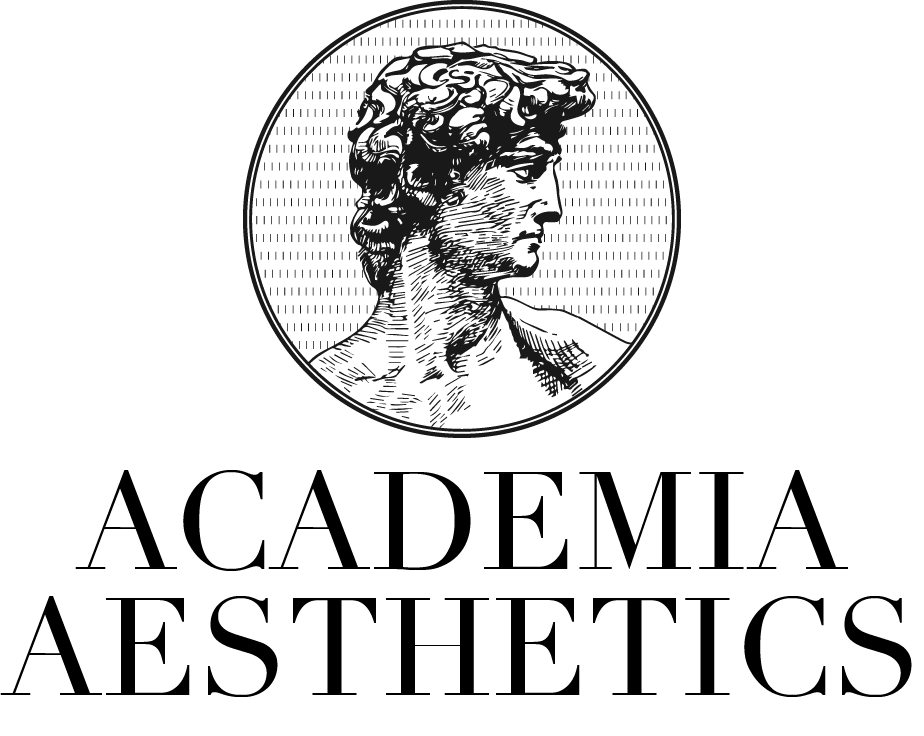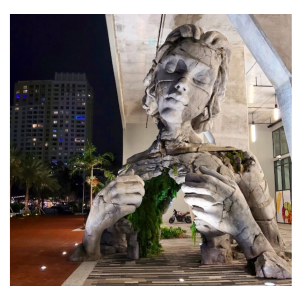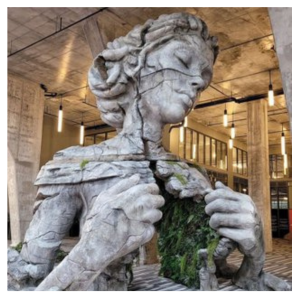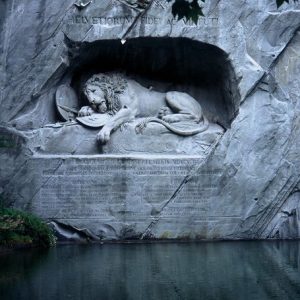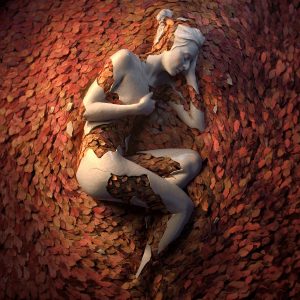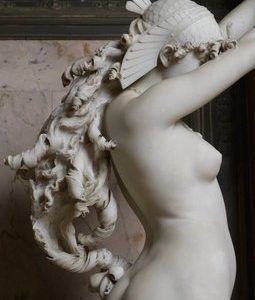The Thankful Poor shares common themes with painter Henry Ossawa Tanner’s other works from the 1890s, specifically The Banjo Lesson (1893) and The Young Sabot Maker (1895).
Based on photographs Tanner had taken prior to leaving for Paris in 1891, the scene is heavily influenced by his views on race and education. Tanner’s father, Benjamin Tucker Tanner, and the African Methodist Episcopal Church views underscore his works in this time period.
Tanner returned to the US in 1893 due to his poor health. Although he had become more aware of racial undertones and chose to portray African-American culture in a dignified manner, The Thankful Poor would be his last African-American painting. receiving good praise from critics in an 1894 exhibition in Philadelphia.
Following this acclaim, Tanner’s focus turned to more biblical scenes.
The Thankful Poor depicts two African-American males of different ages praying at a table. It is said to mark a milestone in African-American art, specifically for countering racial stereotypes at the time.
The painting disappeared for a few decades, resurfacing in the 1970s in a storage closet at the Pennsylvania School for the Deaf. In 1981, it was added to the private collection (and purchased by) Bill Cosby and his wife, Camille. Around the time of Cosby’s legal battles in 2020, the painting was sold to Art Bridges, a foundation created by Alice Walton.
It has been exhibited at the National Museum of African Art, and the DuSable Museum of African American History holds a preparatory study of the work.
See more about The Thankful Poor here.
Read more about Henry Ossawa Tanner here.
Discover other Thanksgiving-related art on Academia Aesthetics here.
